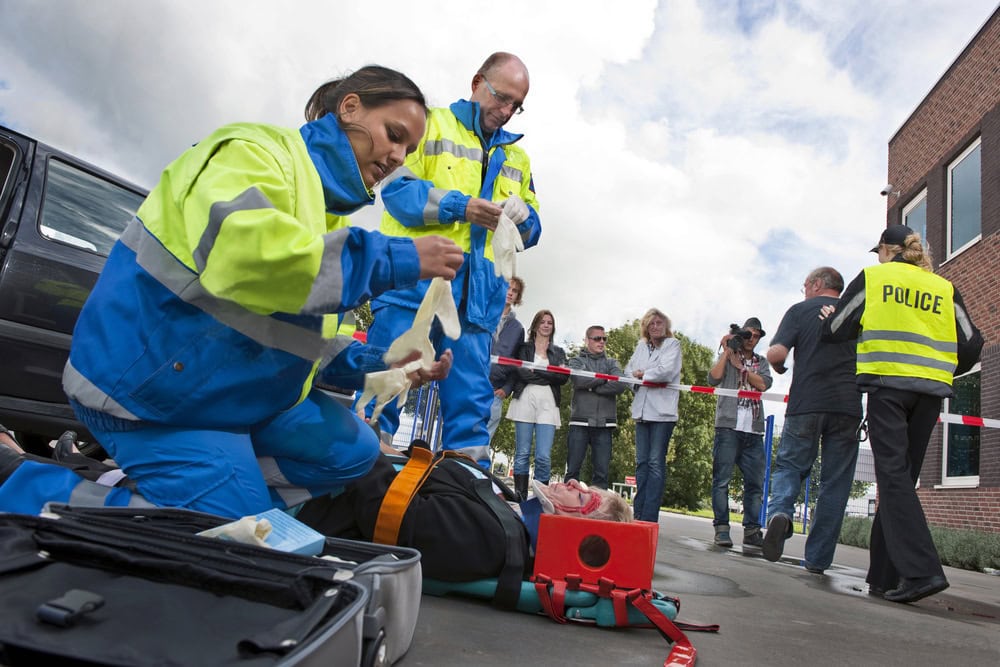Introduction
In this fast-paced world, accidents have increased a lot. Every day, trauma cases require comprehensive management and hacks to minimize the injuries. Especially when there is a head trauma or spinal injuries, slight movement can snowball the damage.
That is where immobilization activities are crucial. Among these, head immobilizers help patients decrease chances of damage and increase stability.
Do you want to know about the head immobilizers? Today, we will discuss head immobilizers, their assistance in routine medical emergencies for patients, and finally, a few tips to cart buy them. Let’s know!
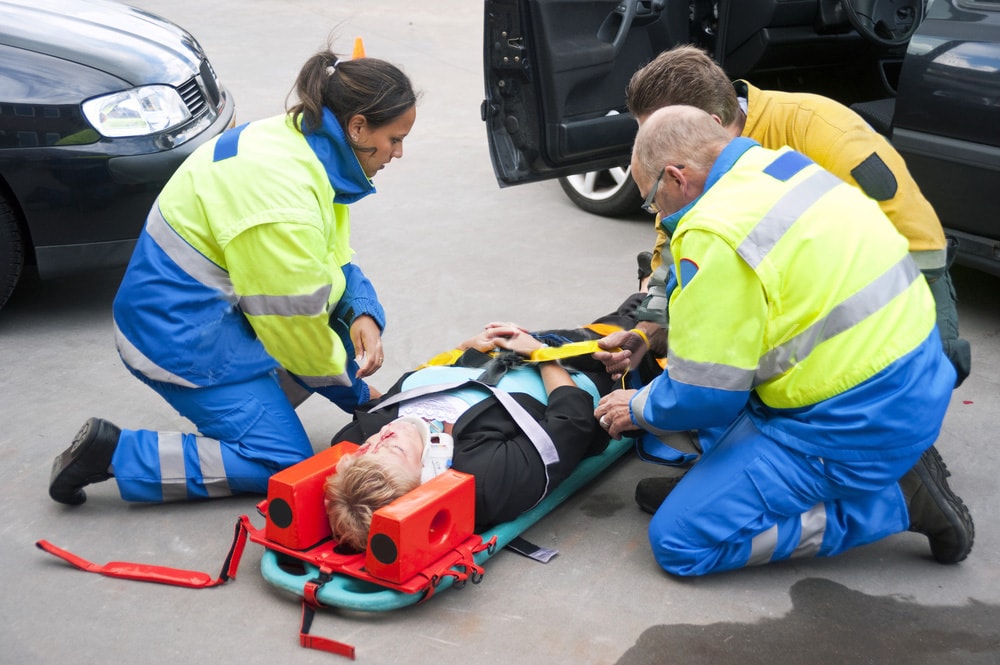
What is a head immobilizer?
A head immobilizer is a device or tool that stabilizes the patient’s head during injuries to avoid movements. It is a medical emergency tool that often rescuers have in their kit.
In suspected spine injuries, slight movement can further dislocate the spine and cause nerve injuries due to compression. In conjunction with spine boards and cervical collars, a head immobilizer does all the magic.
Head immobilizer has a few components.
- Base plate fits and provides a surface to lay the patients. It works with most spine boards.
- Side head blocks. To avoid the side-to-side head movements, there are head blocks. Head blocks provide better stability.
- Straps. There are often chin straps that play a crucial role in the stability of the headband.
- Ear openings or large ear holes offer a room for the bleeding and fluid drainage to avoid harm to the internal structures due to pressure.
How does it work?
Understanding the practicality of a head immobilizer and its features is necessary. Here are a few steps to stabilize your patients in all conditions.
Step 1: Bring Spine Board
A spine board provides a straightforward stability to the whole body and spine. Once you have fixed the spine boards, lay down the patient on the spine board in supine position. There should be a neutral position with an alignment between head and spine.

Step 2: Position Head immobilizer
Place your head immobilizer on the backboard. It has two side head blocks and a forehead strap. Place the head of the patients inside the side head blocks and confirm the base plate fits. There should be no movements available once fixed.
Step 3: Secure head straps
Grab the head straps and fix the forehead with them. Adjust the head straps and ensure there is proper immobility of the spine and head.
Step 4: Fine-tune Comfort and Safety
Take a minute to check the comfort and gaps. There are gaps. Use the padding and confirm there are no more gaps. Ensure patient ears are visible and facing the large ear holes so any blood or fluid comes through the holes. Moreover, you can use the cervical collar to give better support.
Step 5: Confirm alignment with backboard
It is the final review. You should check the alignment of the spine and head with the backboard. If there are issues with the alignment on the backboard, recorrect it to avoid further spine damage.
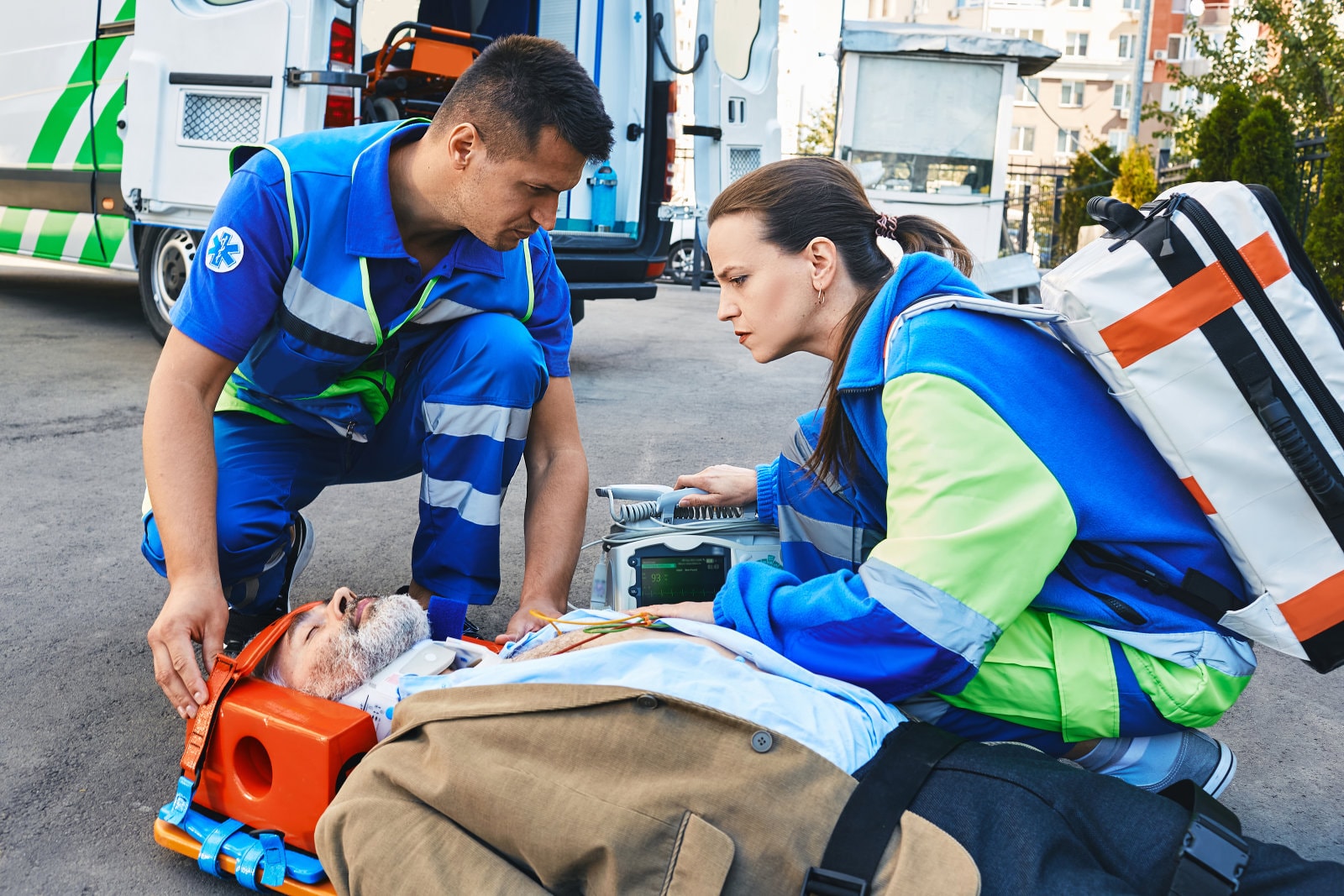
Types of Head Immobilizer
The type of head immobilizers decides the comfort, access, and patient support. There are four crucial types to review. We have added a complete description.
Closed-cell foam immobilizer
Closed-cell foam immobilizer is famous for its comfort. It is made from EVA or PU foam that stabilizes the head and provides a comfy aspect.
A few features include:
- Waterproof, lightweight, water-resistant, and radiolucent
- Reusable and compatible with most spine boards
Closed-cell foam immobilizer has several applications, such as general EMS and ambulance services.

Speed blocks
Speed blocks are advanced head immobilizers with a firm body and high durability. They are constructed with quality materials to last longer.
Crucial features include:
- Waterproof, lightweight, and ready to stock
- Offer superior adjustability and firmness
- Radiolucent and reusable
You can use their advanced rescue units in high-impact trauma situations.
Disposable head wedges
As the name highlights, they are ideal for single use only and provide good head stability.
Features include:
- Often made from cardboard or low-cost foam
- Lightweight and MRI/CT scan compatible
They are preferred for mass casualty events in budget-restricted facilities.
Pediatrics immobilizer
An adult head immobilizer can be too large for a kid. Pediatric immobilizers are there, allowing smooth fixation of the head and release of the bodily fluids of the kids.
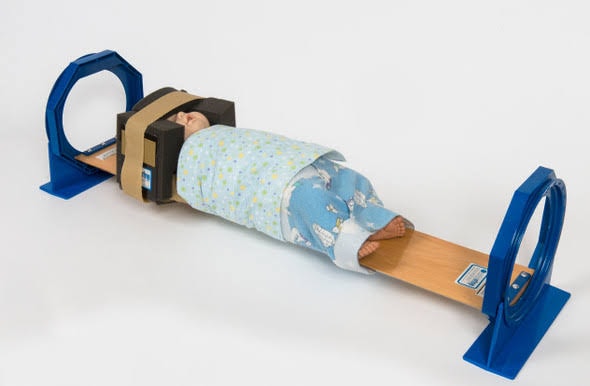
Here is the review:
- Offers complete padding for smaller anatomy and is waterproof.
- Often color-coded for fast identification.
Pediatrics immobilizer is suitable for Children’s hospitals and pediatric trauma teams.
| Type | Material | Reusable | Radiolucent | Typical Use |
| Foam Blocks | EVA / PU Foam | Yes | Yes | General EMS, ambulances |
| Speed Blocks | Plastic + Foam | Yes | Yes | High-speed trauma response |
| Disposable Wedges | Cardboard/Foam | No | Yes | Mass casualties, field kits |
| Pediatric Immobilizers | Foam / Plastic | Yes | Yes | Children’s emergency care |
Benefits of a head immobilizer
Head immobilizer is an ultimate emergency tool that prevents further spine injuries. But the question is about its worth. Here are a few benefits that make it essential for patient monitoring during an emergency.
Spinal protection
Immobilizer prevents flexion, extension, and lateral movement of the cervical spine. After the accident, possible immobilization provides a seamless experience and avoids the sudden movement and compression of the spine. There are reduced risks of neurological damage, allowing spinal protection.
Enhanced patient safety
Patients don’t have to move aggressively. Once they are on the backboard with base plate fixed, it elevates the patient’s safety and minimizes any further injuries or injection risks.
Radiolucent material
When the patient has to go through the diagnosis process, there is a need for X-rays and CT scans. A radiolucent immobilizer isn’t visible to the incoming rays and avoids the hindrances in the imaging processes. It makes it a perfect choice for hospitals to tackle all the head injuries, allowing a proper diagnostic environment.
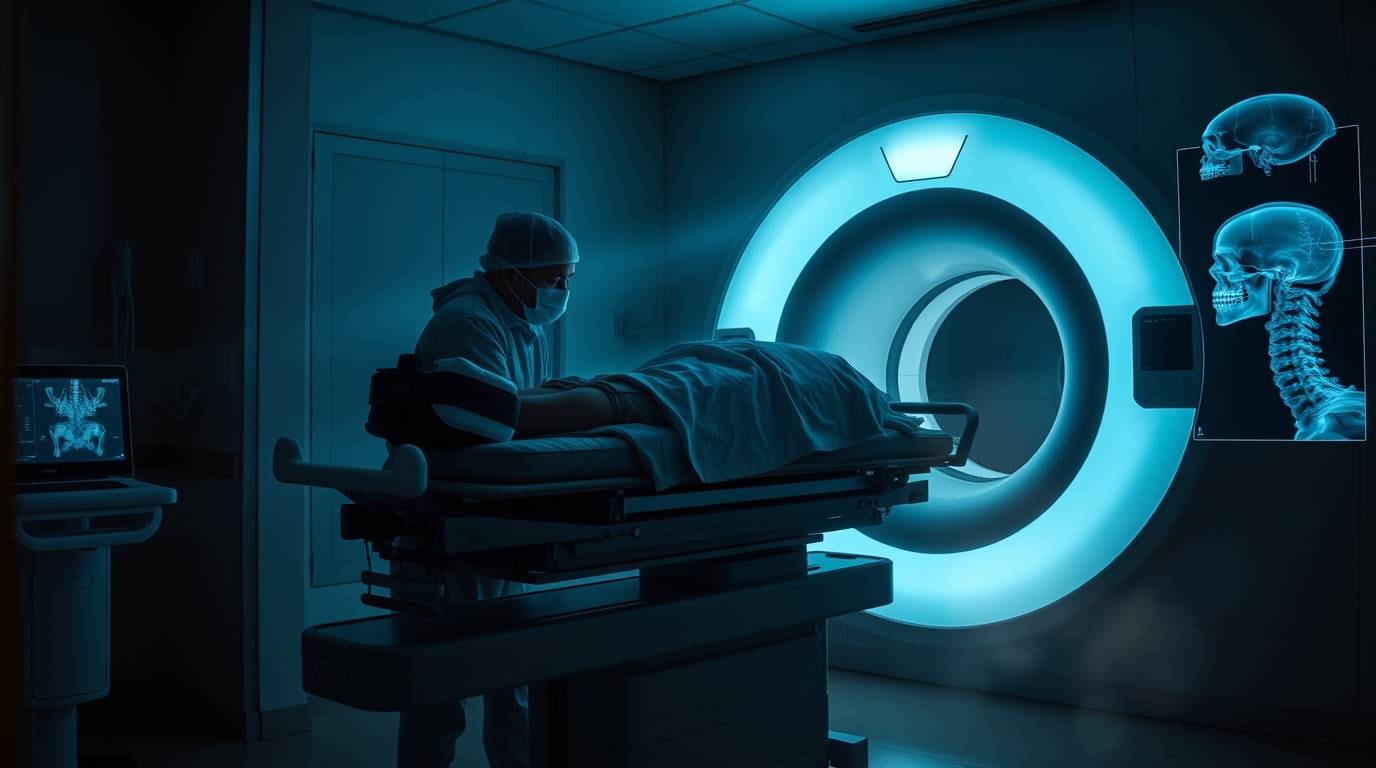
Reusability
You must not think you can use it once. Instead, the head immobilizers are not disposable but reusable tools. Their stock is ideal and safe in your storeroom and can be used anytime. It reduces the carbon footprints and supports the environment. Moreover, you don’t have to buy immobilizers every single day.
Fast and standardized applications
Fast monitoring in emergency cases is inevitable. That is what an immobilizer provides with the straps and base plate. Medical experts can review and order the diagnosis processes without any delays. It helps absorb blood and clean the patient’s ear or nose bleed effectively. Technically, it supports patients from a medical aspect very well.
Tips to choose a head immobilizer
Selection of the head immobilizer is not a walk in the park. You have to look at weight, order only reliable suppliers, and check quality of components, such as base plate. Even a review of monitoring aspects is crucial.
Let’s write the final tips to select a head immobilizer with proper review of features.
Material and build quality
First thing to look at is the material quality. It should be durable, waterproof, and radiolucent to provide comprehensive medical uses.
Typical examples are the EVA foam or medical-grade plastic. They offer ultimate support and a pool of quality immobilizers.
Compatibility with spinal boards
Compatibility with the backboard is necessary to allow the proper fixation and placement of the human body. Not all the immobilizers are compatible. Therefore, check the correct type of immobilizer during selection and choose the one that possibly works with the spine boards.
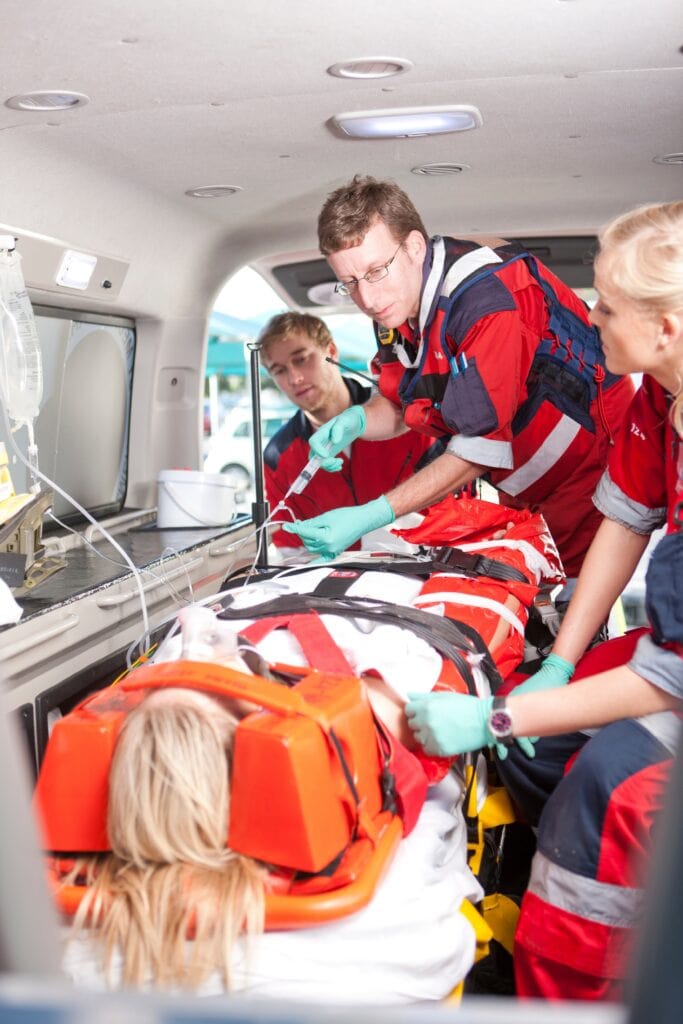
Reusable vs disposable
Reusable materials are always there for you. You can clean them and reuse them for definite periods. But they may not be suitable for the mass casualty.
On the other hand, disposables are one-time use. You can’t clean and reuse them. However, they had better handle a pool of patients on a large scale. First, you should confirm your usage purpose before selection.
Weight and size
During weight and size selection, you should consider your usage. Usually, a lightweight but quality immobilizer is better and provides better support to the body. However, you should write the pediatric applications during the selection, as the size of pediatric immobilizers can be small.
Certification and standards
Always look for certificates and standards. FDA Approval is necessary for the medical-grade and safer immobilizers. Additional certificates can be CE or UL certificates, depending on the region you are using the head immobilizer. For example, Jiekang Rescue Products come with FDA approval and CE certificates.
FAQs
- Can I use a head immobilizer without a cervical collar?
No. You should get a cervical collar to immobilize the spine and avoid further damage to its components. Without a cervical collar, there is still a probability of movement with the head immobilizer.
- Is a head immobilizer necessary if there is no spine injury?
It is often helpful in suspected head and spine injury cases. To be on the safe side, you should use it in all emergency cases and later decide based on the diagnosis.
- Are all head immobilizer radiolucent?
Most of the head immobilizers are radiolucent; however, some are not. You should check the specifications before purchasing a head immobilizer.
Conclusion
Purchasing a head immobilizer requires careful attention toward durability and quality. Remember the operability and imaging concerns, as there is a need for X-rays or CT-scan later. Even MRI compatibility should be there.
Do you want to purchase the high-quality head immobilizer? Look no further as Jiekang Rescue has all the rescue tools for medical emergencies and patients. Contact us to grab the quality head immobilizers right away!

